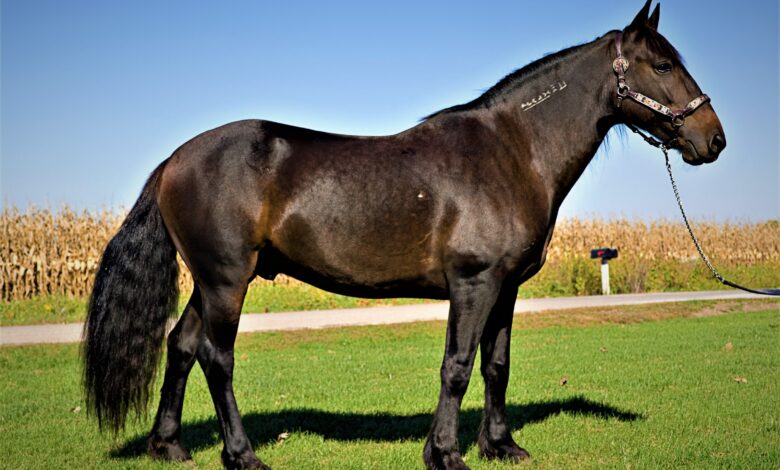mustang horse

mustang horse
China is reviving the Mongolian wild horse that was previously extinct in its original Mongolia by importing the Mongolian wild horse from abroad to preserve and restore it in Xinjiang. So far there are nearly 300 of them,
Xinhua News Agency, Chinese state media reported that Przewalski or the Mongolian stallion is a Level 1 protected animal in China and is classified as the Mongolian wild horse has been listed as an “endangered species” in the IFRC’s Red List. Nature Conservancy (IUCN), which is its home

Wild Mongolian horses in Xinjing
Originally from the Junggar Basin, northwest China’s Xinjiang Autonomous Region. But due to human hunting and other factors, this made Przewalski’s wild horses extinct once in this homeland .
In 1985, China imported 11 Priewalski stallions from abroad. To preserve and restore these endangered species. It was transferred to the newly built wild horse research and breeding center in Xinjiang the following year.
Przewalski’s stallions are well cared for at the centre. They like to eat watermelon to cool off during the summer heat. When the mares give birth, the center also arranges for a “personal veterinarian” to look after them, as well as a “photographer” to track the growth of the foals.
One of the center’s efforts in artificial insemination has resulted in a gradual increase in the number of Przewalski’s stallions. As of 2000, the total number of Przewalski’s stallions was approximately 100.

Wild Mongolian horses in Xinjing
In 2001, Xinjiang began releasing wild Priwaski horses back into the Kalamili Nature Reserve near the Jungar Basin for the first time. Over the past 20 years, 16 batches of 110 Prawalski stallions have been released, helping them learn to find water and food in the vast pastures. As well as building families and protecting children Przewalski’s wild horses are found
breeding naturally in the wild. The number of horses reached 274 by the end of 2020. Get ready to return many more horses to their natural habitats.




